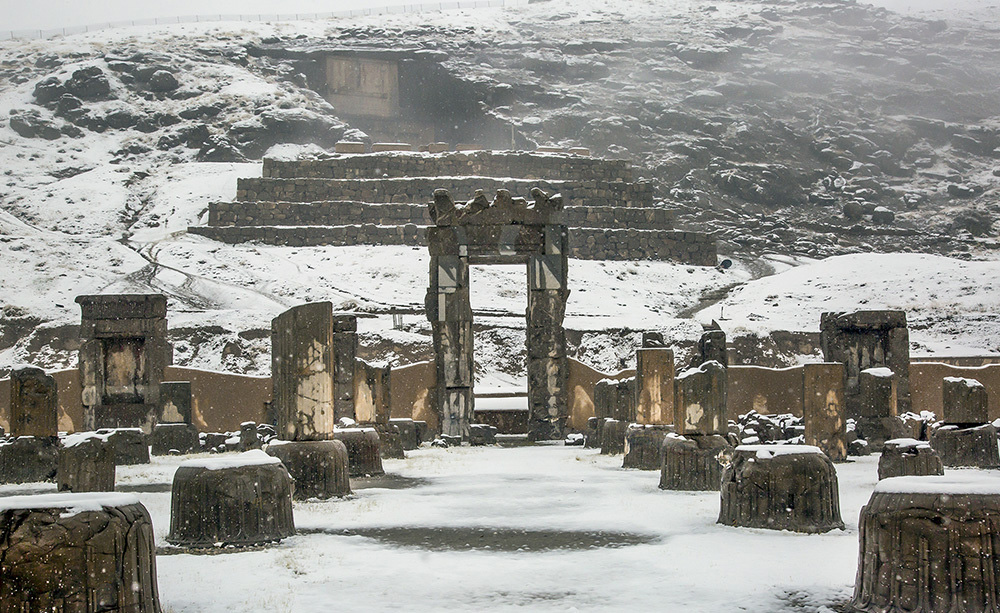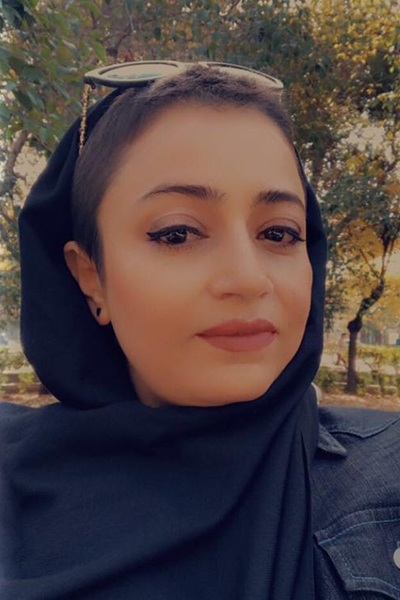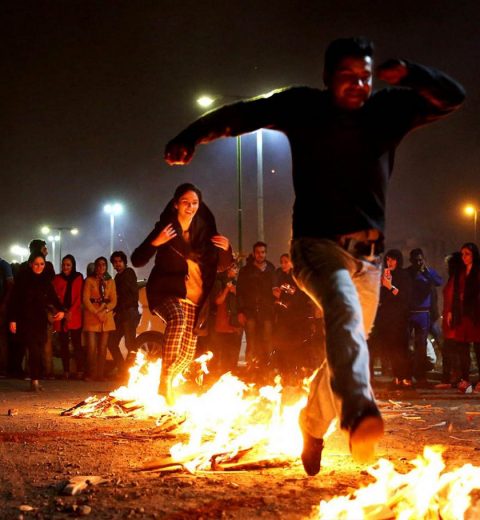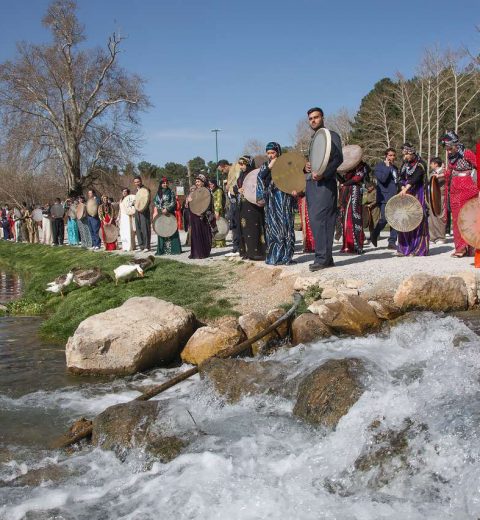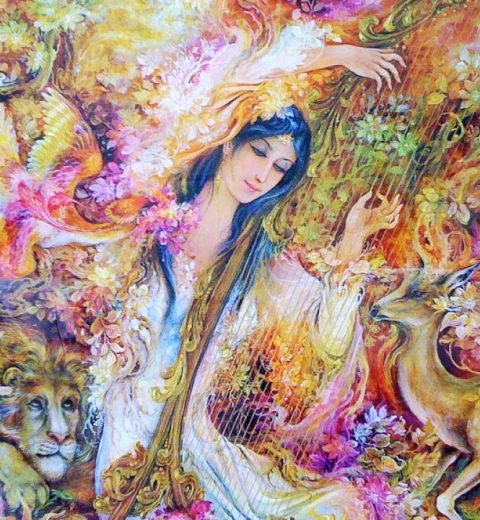Bahmangan feast is one of the Iranian feasts that is held every year on the day of “Bahman-ruz” in the calendar of ancient Iran, which coincides with the second of Bahman, 22 January. In ancient Iran, every day was named after one of their archangels. Bahman is one of the Iranian Archangels According to the ancient Iranians, Bahman is the first creation of Ahuramazda, so after the first day, which was called Hormozd, the second day was named Bahman.
In the month of Bahman, the eleventh month of the Iranian calendar, due to the symmetry with the second of Bahman and the month Bahman, a festive day was held. In the past, this feast was held in groups, and also the celebration of Father’s Day was held on the same day. According to the ancient Iranians, Bahman Bartzin was the Zoroastrian Amesha Spenta (archangel of Zoroastrianism) and this celebration was of great value and greatness.
Background and etymology of Bahmangan feast
Bahmangan is derived from the word Bahman and from the Avestan word Vahumana, which is considered synonymous with a good thought, good character, and holy wisdom. For this reason, Iranians have named the eleventh month of the year and the second day of each month after Vohumana. Vahumana was one of the Amesha Spentas (Iranian archangels) close to Ahura Mazda and Zoroaster used his help to receive Ahura messages. He has also been a consultant on the right side of Ormazd due to the manifestation of wisdom and good thoughts.
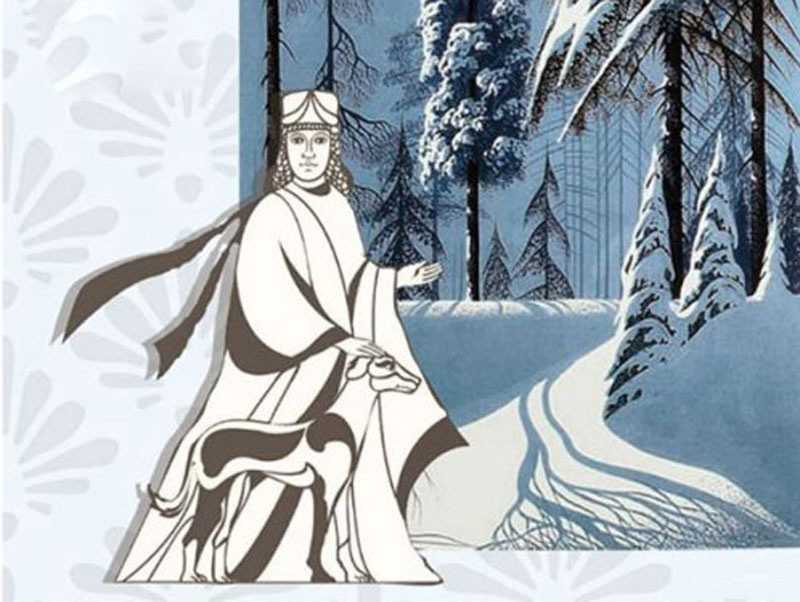
Bahmangan feast rituals
Bahmangan feast is a celebration that was held in honor of good and honest men. This festival has the title of a national and popular holiday with ancient roots. Because Bahman, the great Amesha Spenta, was a supporter of the deprived and beneficial animals, on this day, people refused to eat the meat of halal and useful animals. On this day, they prepared and cooked food and sprinkled red and yellow Bahman plant on the bowl. Common dishes in this celebration include 7 grains soup (Haft Daneh Ash) or Bahmangan soup, fish, leek, and pure milk. On this day, in order to cook Bahmangan soup, each of the neighbors considers themselves to be the house where the ash was cooked, and everyone had a portion in cooking this dish, which is why it is also called “Dango” soup. Other customs include picking plants from streams and preparing incense from them. Rooster, white color, and white jasmine flower belong to Bahman and are the symbols of Bahmangan feast. Bahman is also the name of a plant that is yellow in color and white or red and is eaten on this day.
The name of the Bahmangan feast is mentioned in ancient works such as Abu Rihan Biruni, Asadi Tusi, Farrokhi Sistani, and Manouchehri Damghani. Bahmangan feast was also held in Iran until the Mongol government. After that, the celebration lost its formality and was held locally. This festival is held today among the Zoroastrians of Iran and India, and the custom of not killing animals continues. One of the positive features of the Bahmangan feast is the emphasis on cooperation and collaboration, which refers to the feature of Bahman helping Zoroaster to reach a prophet.

